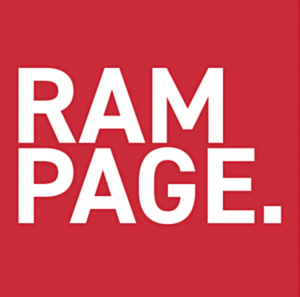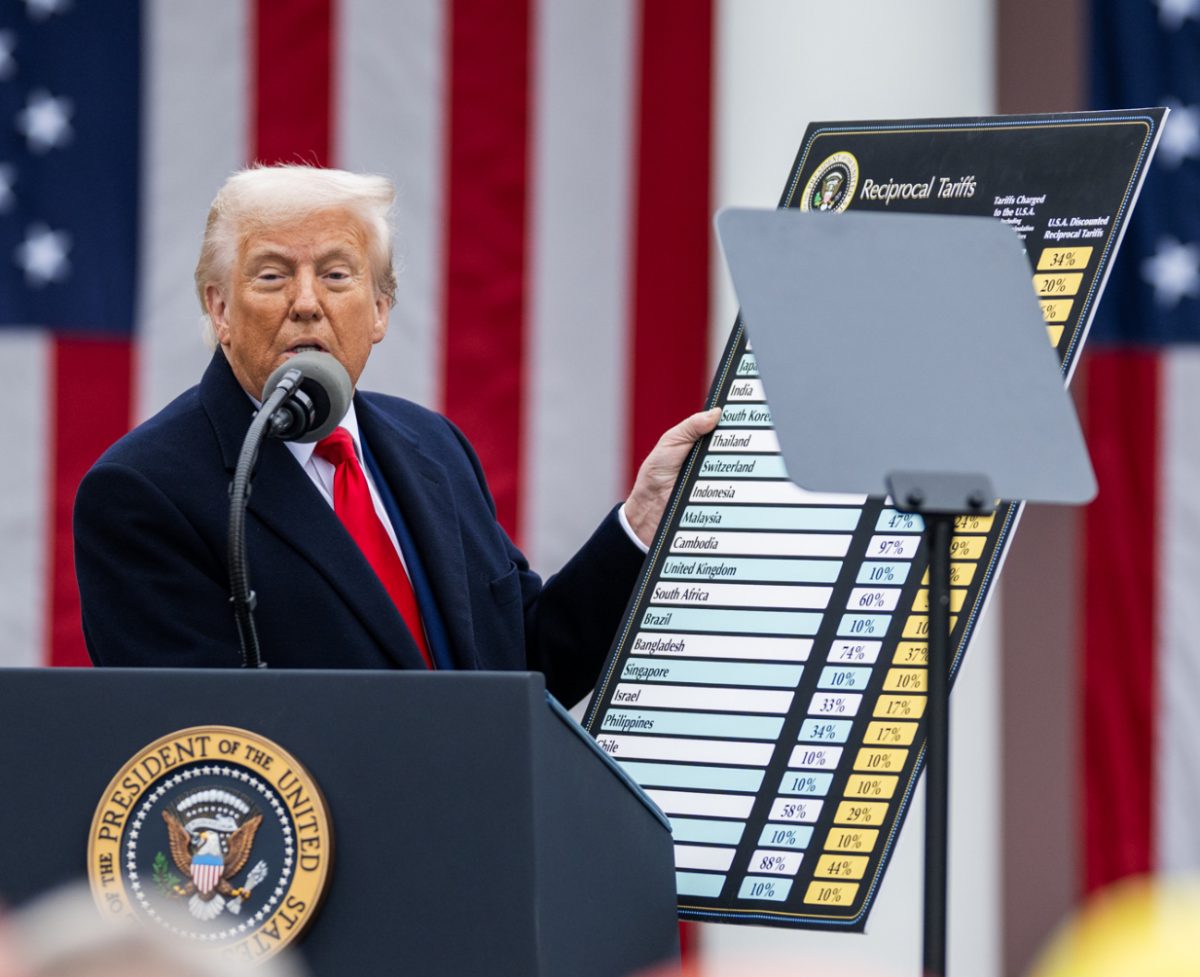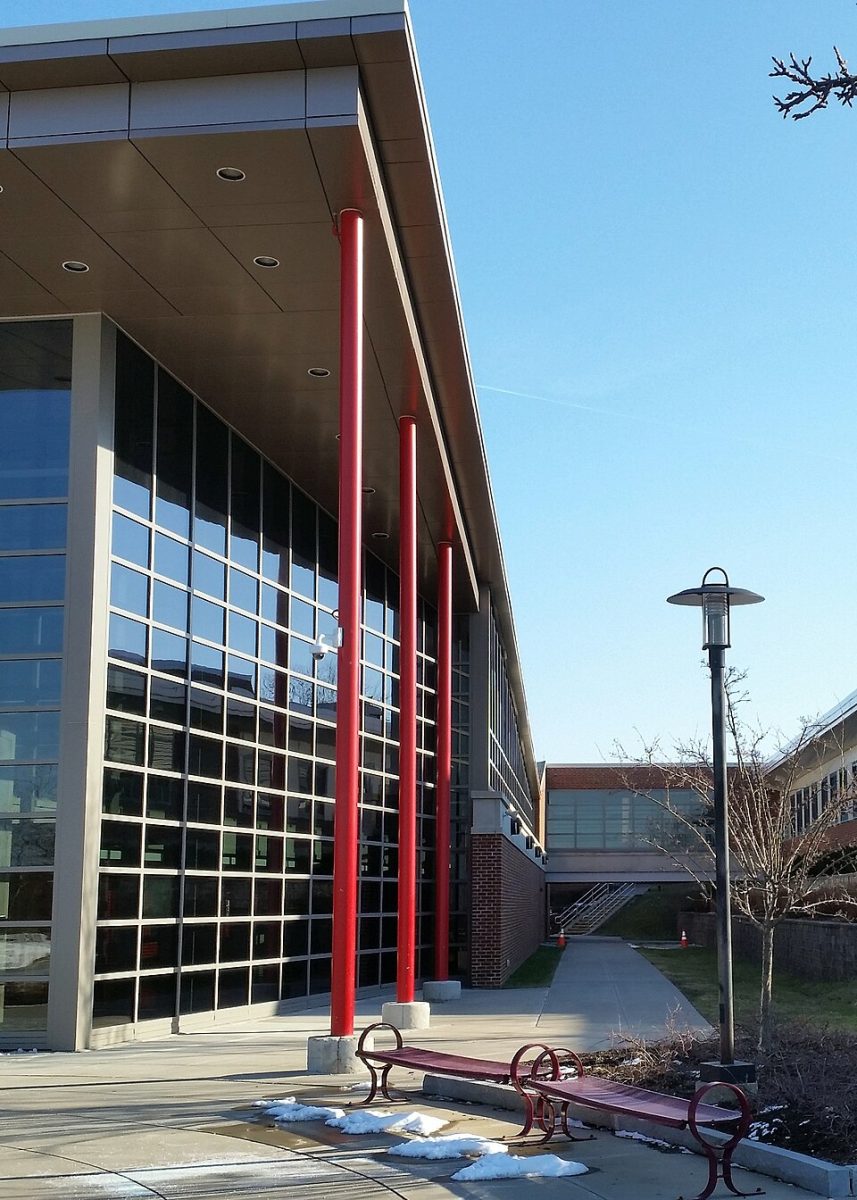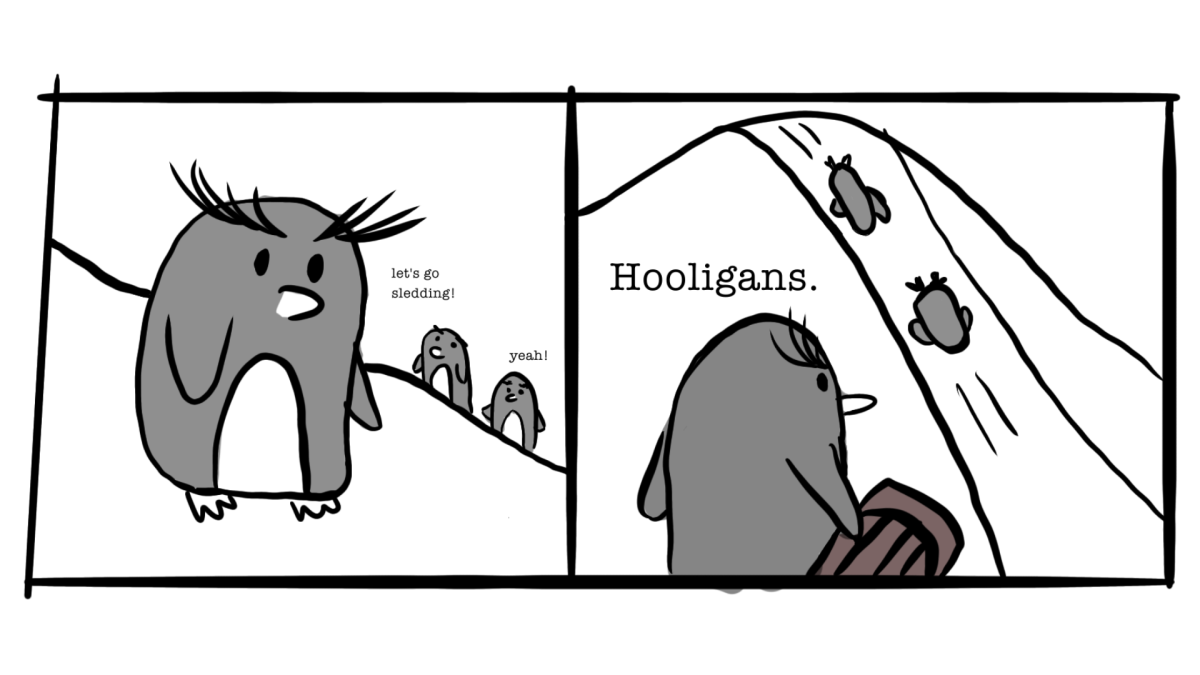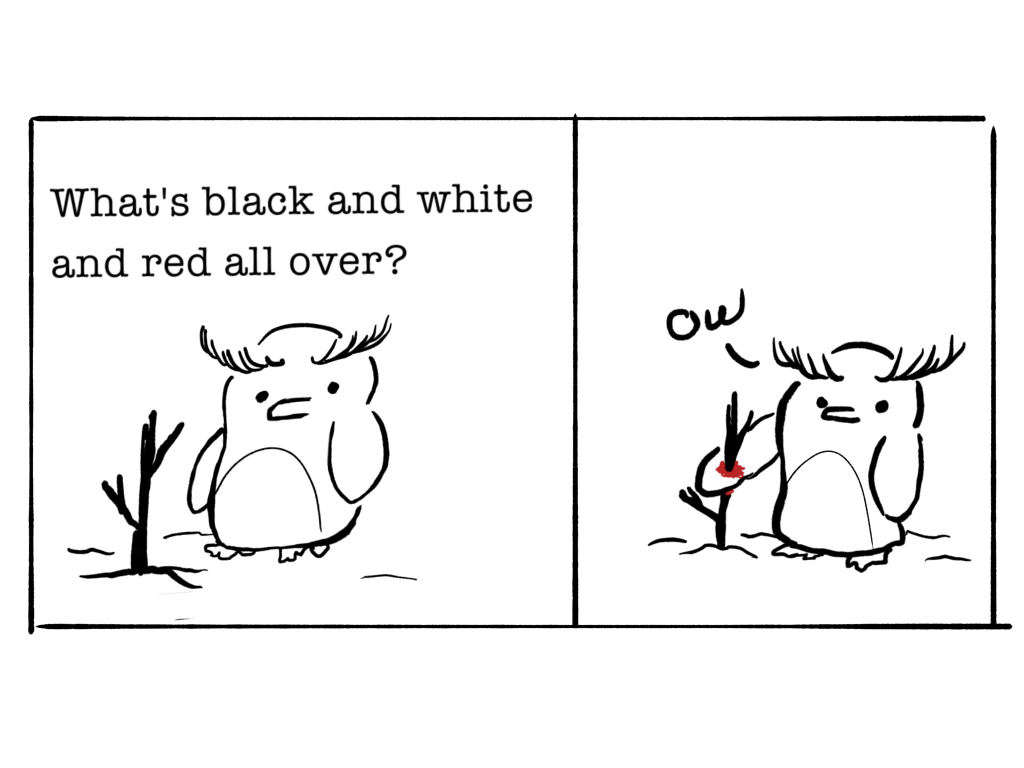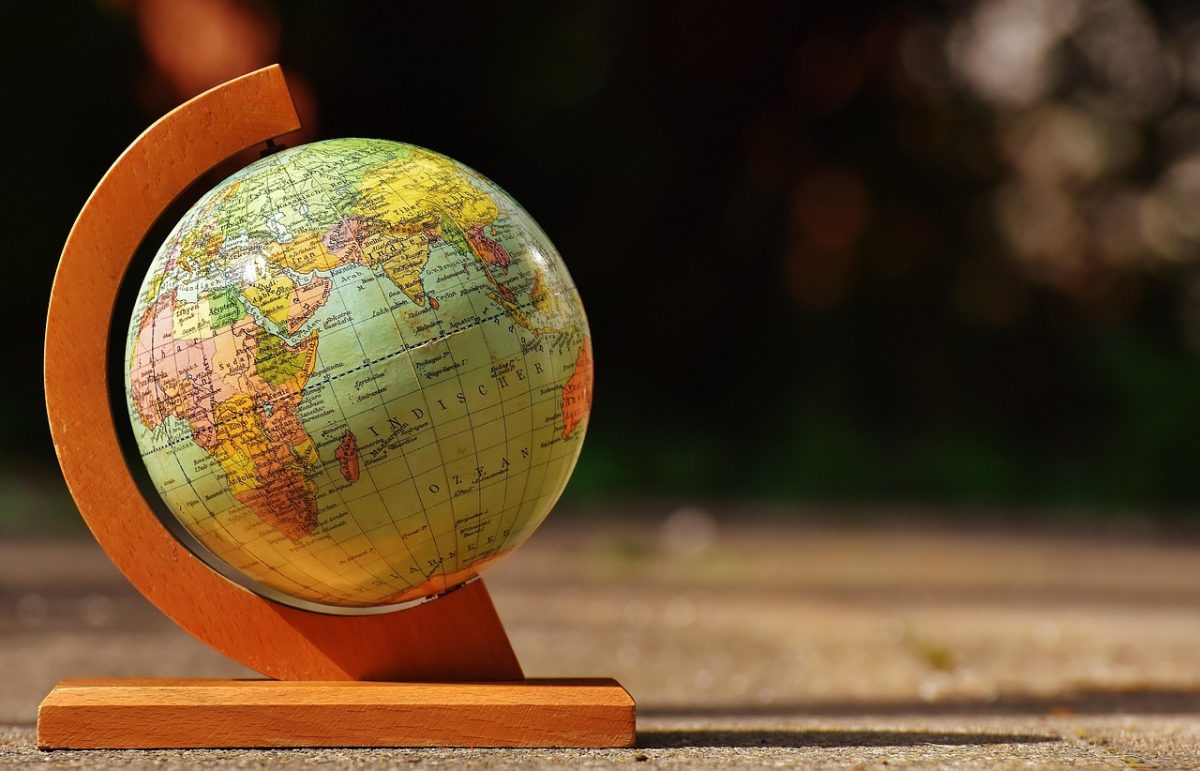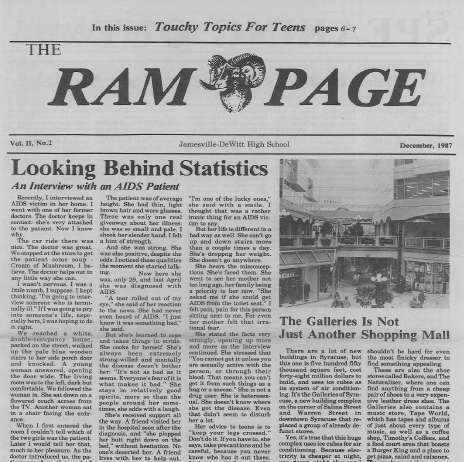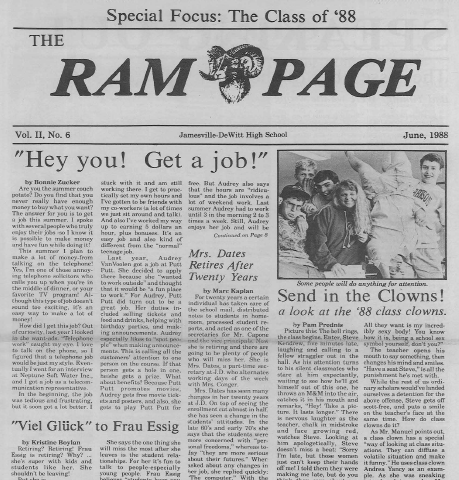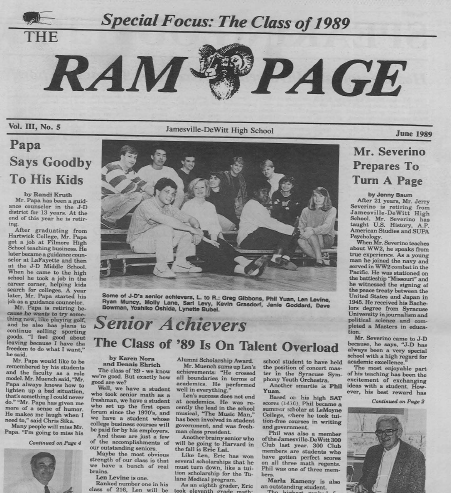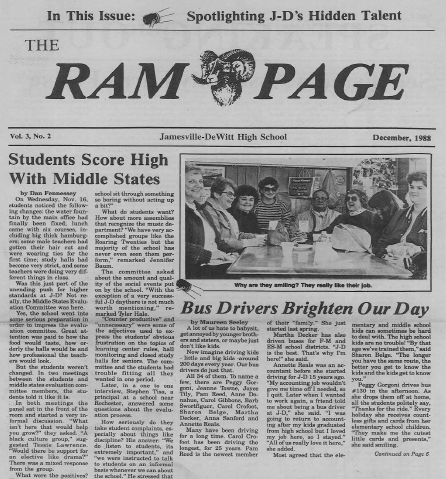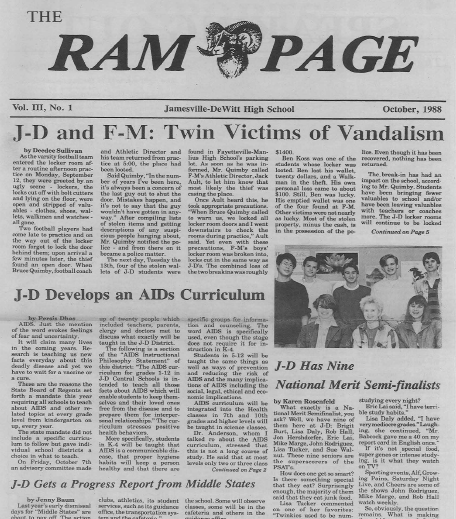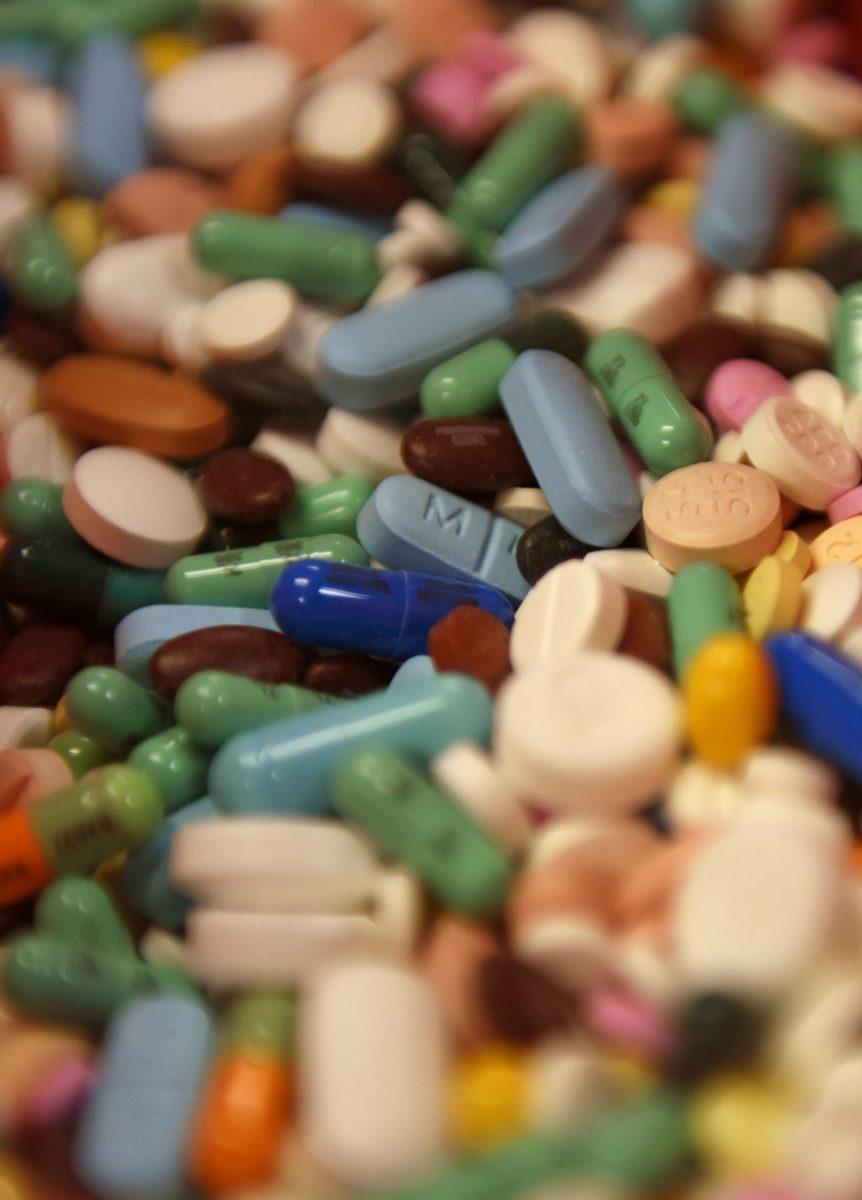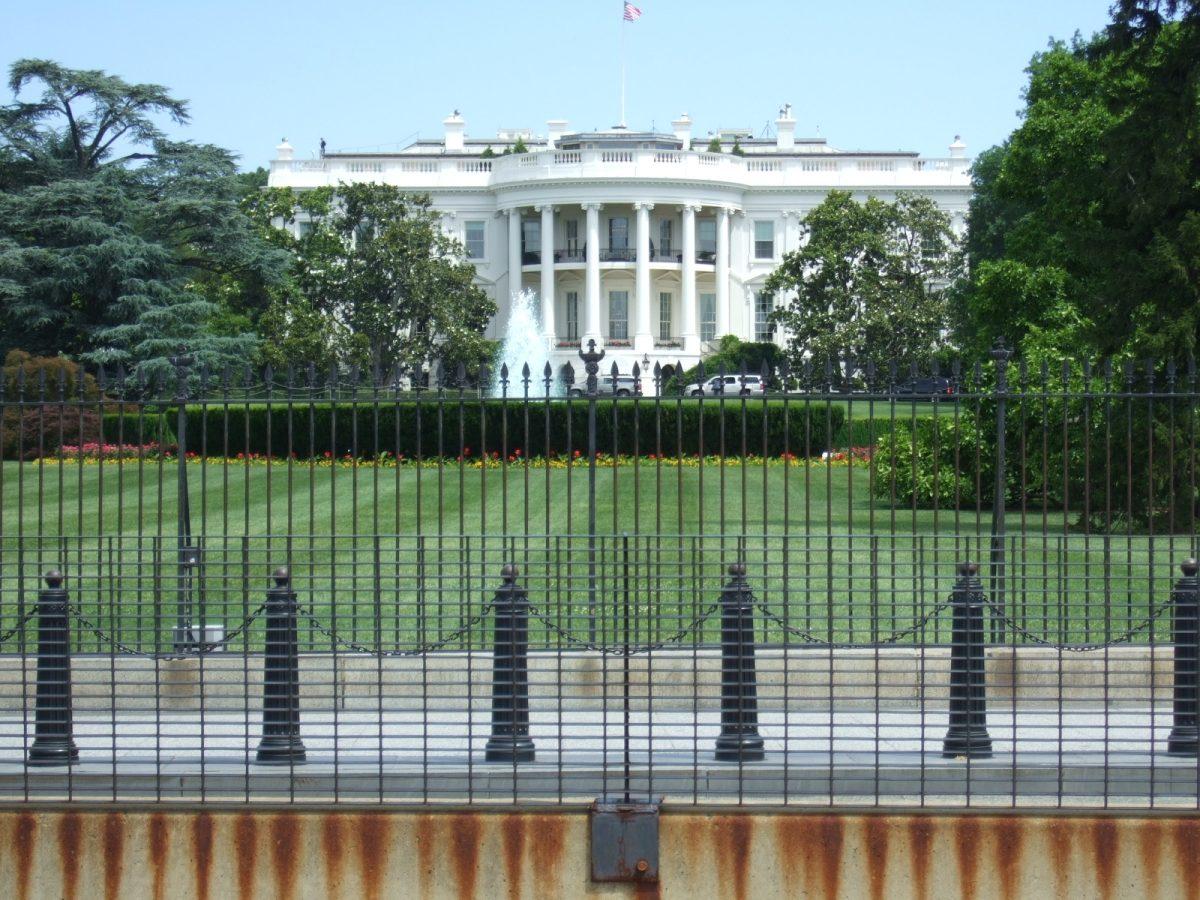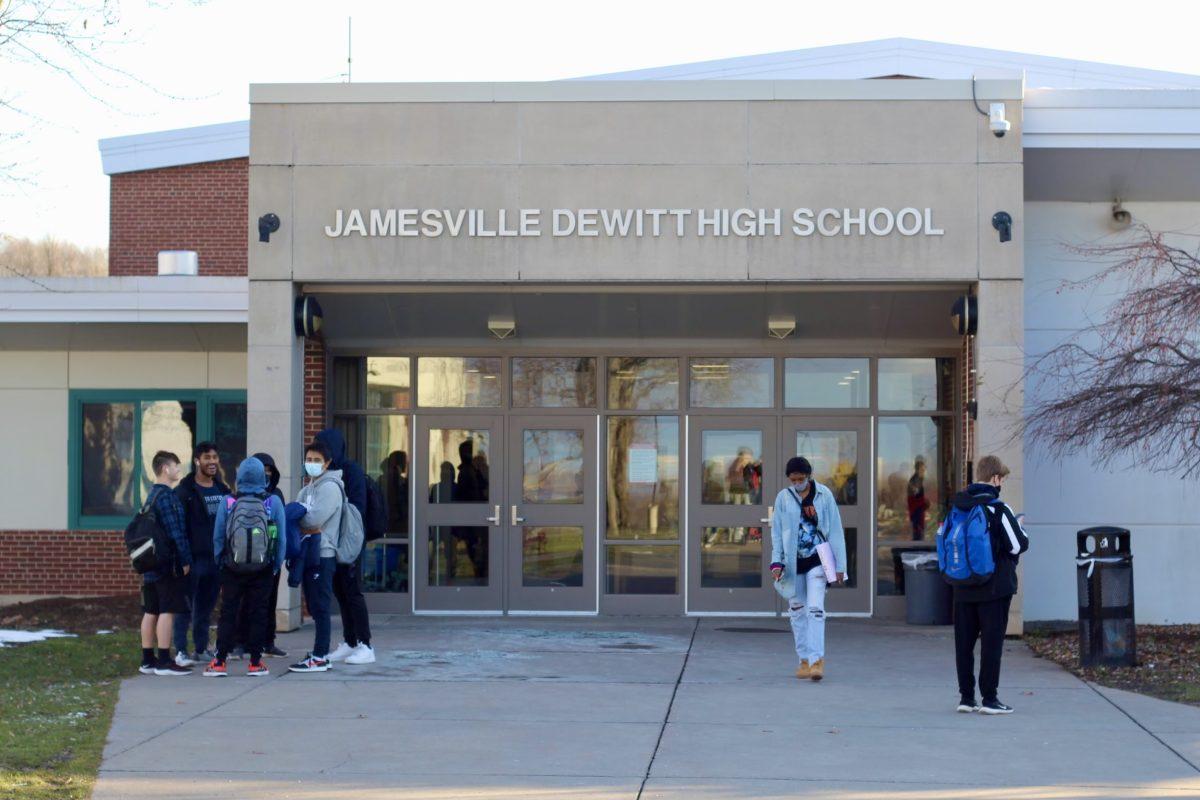Contributing Writer Chloe Parratt, ’20
My father is 51 years old and has never been on any serious, long-term medication or had a single surgery in his life. He has managed to stay fit for all fifty-one years, playing league tennis three times a week and outskiing me on family trips. My dad, who once was the healthiest guy I knew, was diagnosed with T-Cell ALL, an aggressive form of leukemia, in late April after feeling sick for only a week. Now, his life consists of weekly trips to the oncologist for blood transfusions and traveling to Rochester for specialized treatment.
Treatment like my dad’s or that of any kind, rare or common, is not cheap. For the growing number of those without health insurance, however, diagnoses can lead to financial ruin. In 2018, the Census Bureau reported that about 28 million people lacked health insurance for the entire year.
A local hospital, Crouse, estimates that the average cost of a three night stay for someone with a blood cell disorder, such as leukemia, would cost $15,200 with insurance only covering about $7,000. Having to pay out of pocket, no help provided, shouldn’t be the only other alternative.
When you receive a diagnosis, it’s frightening and the cost of treatment shouldn’t be just as scary. Diagnoses are not something a person is able to control and everyone deserves to have access to treatment that could bring some sort of normalcy.
Orphan drugs, those that treat rare conditions, have no competition and therefore will have whatever price tag the drug company puts on it. One of these drugs, Zolgensma, is the world’s most expensive, coming in at $2.1 million for the full treatment course. This drug treats spinal muscular atrophy, which affects about 30 newborns each month. Insured families don’t have to worry, there’s a payment option which spreads the hefty cost out over a five year period. Those paying out of pocket don’t have the luxury in most cases and may have to pass on a life-changing treatment for their child.
Common drug costs are also on the rise. Newer, longer-lasting insulin, that are changing the way diabetes is managed, can cost up to $1,813 per vial. With approximately 30 million people with diagnosed with either type 1 or 2 diabetes, there is a clear need for innovative insulin and charging a little under $2,000 dollars for each person is unjust.
Stories often come out about people ending up homeless over medical expenses that they couldn’t pay. With both rates of pharmaceutical prices and those uninsured on the rise, this is shaping up to be a common occurrence.
Having access to adequate healthcare and medication options is not just for those who fall into the higher tax brackets. Health shouldn’t have a paywall in front of it, it is a human right.
